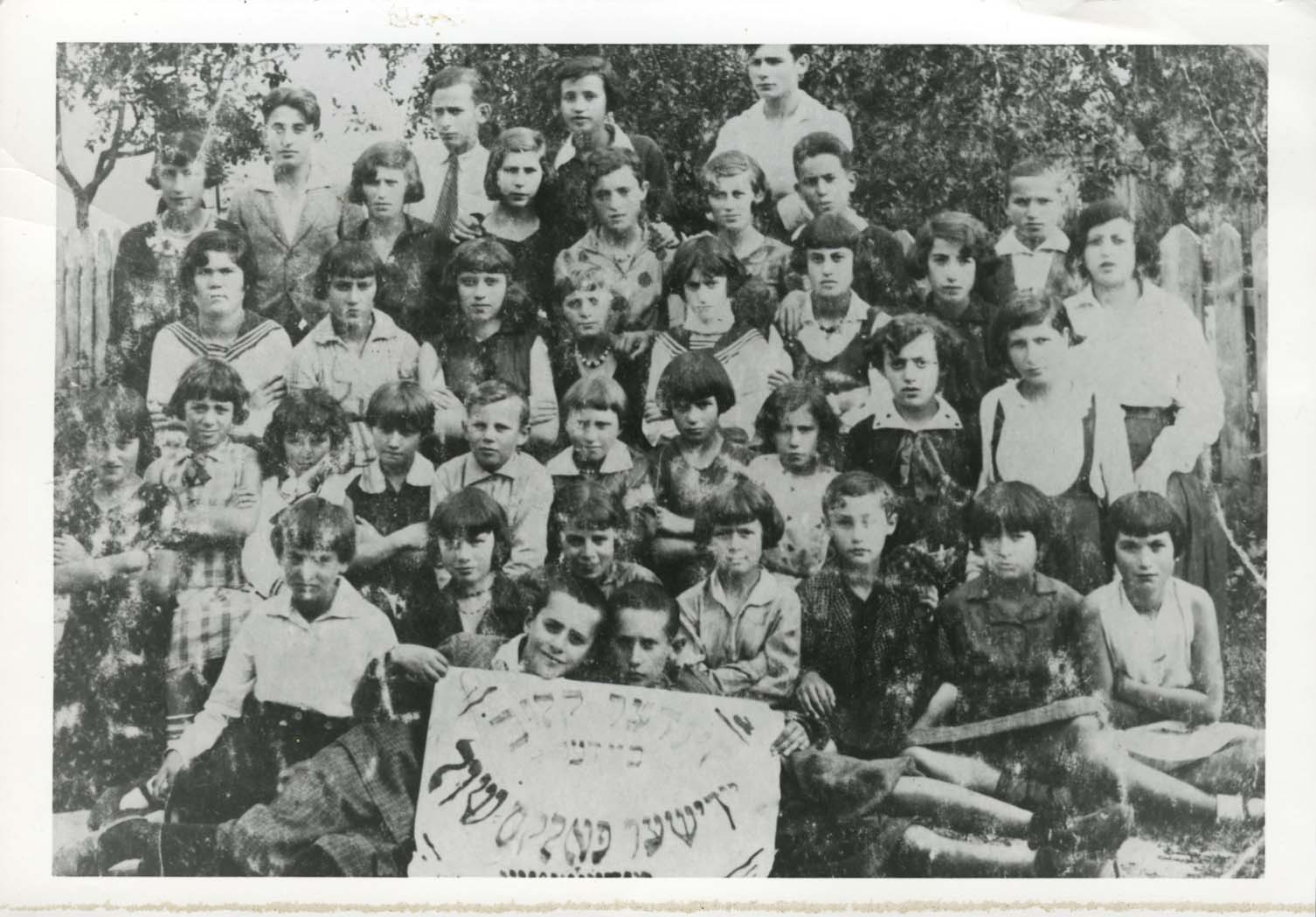

Rozyszcze

In September 1939, following the Ribbentrop-Molotov Pact (and the German invasion of Poland on September 1) the Soviets assumed control of the area, which became part of the Soviet Ukraine. The factories were nationalized and the schools that taught in Yiddish adopted a Soviet curriculum. The Jewish population increased with the arrival of hundreds of refugees from Nazi-occupied central Poland. During this period the Soviet authorities deported some Jewish businessmen to Siberia. It is estimated that by 1941 there were about 3,000 Jews living in the town.
The Germans occupied Rożyszcze on June 26, 1941. Upon the the German arrival, local Ukrainians staged a pogrom, during which they looted Jewish property. Several days afterwards the Germans killed 10 Jews whom they took hostage -- on the pretext that they had killed a German soldier. In July 1941, on German orders, a Jewish council and police force were established and the Jews were required to wear armbands with the Star of David (in September this was replaced by a yellow patch). In the same month an SS murder squad killed 600 Jewish men in two murder operations outside the town, near the Styr River. The Jewish residents had to perform forced labor in agriculture and peat mining. They were also compelled to pay ransom and hand over their valuables to the authorities. In February 1942 (or, according to another source, in late the autumn of 1941) a ghetto surrounded by barbed wire was set up, into which Jews from surrounding villages were also forced. The Judenrat established a soup kitchen and a small hospital in the ghetto. Among the jobs assigned to the Jews in the ghetto were sweeping the streets, repairing roads, peat mining, cooking for the Germans, and working in a factory to produce woolen goods. The German authorities also demanded payments from the Jews in the form of money or leather goods.
On August 22, 1942 the inmates of the Rożyszcze ghetto were shot to death by a unit of Security Police and SD, members of the Gendarmerie (rural order police) and Ukrainian auxiliary police outside the town, near Kopaczewka village. During the following period most of the Jews who had escaped from the ghetto before this murder operation or had gone into hiding were captured by the Ukrainian auxiliary police and subsequently shot to death near the Jewish cemetery of the town.
Rożyszcze was liberated by the Red Army on February 2, 1944.


